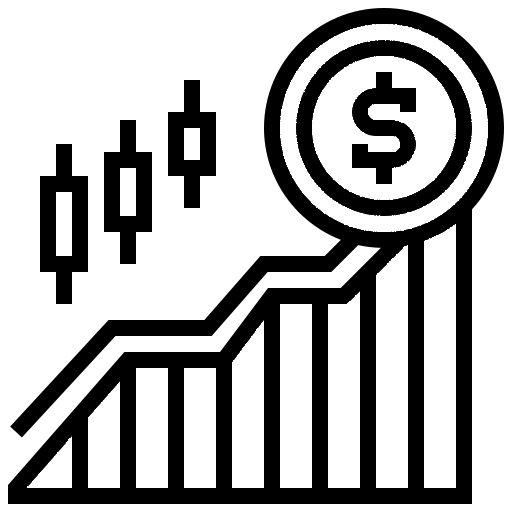
What are exchange Traded funds?
Exchange Traded Fund (ETF) are similar to collective investment schemes. ETFs invest in a number of assets, for instance shares, bonds or commodities such as gold. ETFs can be bought and sold like shares through your financial intermediary. What makes it different is that an ETF would try to track the value of a share index (such as the FTSE 100 which represents the top 100 companies on the UK stock exchange). ETFs may offer an opportunity to diversify an investment portfolio, possibly at a lower fee than a traditional collective investment scheme (where the underlying assets would need to be actively managed according to pre-determined parameters).
Most ETFs buy the underlying shares and other assets that they are trying to track. These are known as standard or ‘physical ETFs’ and you will usually own units or shares much like a traditional collective investment schemes. The main investment risk for this type of ETF is that the performance of the underlying shares or other assets which the investment is trying to match varies continuously.
Another type of ETF is known as ‘synthetic ETF’. These ETFs may or may not directly own the underlying shares or other assets and use complex products called derivatives to track their performance, before subtracting any applicable fees. An important warning: Synthetic ETFs are very complex and risky products and one should therefore be aware of all possible risks prior to investing in such products.
Are there features particular to ETFs I should know prior to investing?
Although ETFs may appear simple and transparent, they can be complex investments. One important thing to note is that their values fluctuate constantly in line with the underlying asset they are trying to track. There might also be the possibility of an error in the pricing of physical ETF. This happens when the ETF does not exactly follow the price of the index or investments they are designed to track. This ‘tracking error’ may be caused by fees, taxes (both local and foreign), and other external factors.
Before acquiring an ETF, check that the price you have been quoted from your intermediary matches what the ETF issuer says its assets are worth (the ‘net asset value’, or NAV). Some ETF issuers may also have a website and publish their estimated NAVs. Therefore, the price you see on a website or given by an intermediary is an estimate, the price at which you buy or sell may vary from this estimate.
While ETFs have become known for their low costs, management fees vary and there are other costs to consider. For example, management fees for some physical or synthetic ETFs may be higher than the fees for an equivalent (unlisted) index fund. There might also be a brokerage fee which will be charged every time you buy or sell ETFs. There might also be other fees, ask your intermediary about them or, better still, check for such fees on the documentation you should be given about the ETF.
Some physical and synthetic ETFs offer exposure to risky investments such as small startup companies, underlying investments in emerging markets or commodities that may be harder to sell. This therefore means that some ETFs may be riskier than others due to the risk attached to their underlying investments. If the ETF tracks assets denominated in a foreign currency, such as shares issued in US dollars, a change in the value of the Euro (or your local currency if different) or dollar may also affect the value of your investment thus increasing the overall risk.
Some ETFs might not trade daily or on a regular basis due to the illiquidity of the underlying assets and therefore this may limit your access to the money invested in the fund.
Most ETFs are ‘passive’ investments that simply seek to follow a market index (up or down), rather than trying to outperform it. This means you have no protection from investment losses when the market falls. Some ETFs may however impose an upper or lower maximum threshold to which the investor will be exposed to. This will therefore limit your losses but also your gains.
Questions you should ask prior to investing
- Do you understand the risks involved, and are you comfortable with them?
- Are the underlying assets liquid (easily bought and sold), or are they less liquid investments (such as property)?
- Are derivatives, hedging or speculative techniques used by the ETF? If the answer is yes, the risks may be higher.
- What are the fees being charged and how will these be paid? Are there any additional fees should I decide to buy or sell? Can these be changed?
- What does the documentation about the ETF say about “returns”? Are returns guaranteed or promised? Are such returns net or gross of tax? If so what is my position?
- These products are traded on foreign stock exchanges. Am I comfortable with the fact that different rules and less protection may apply? There might also be a currency risk to consider.
- Am I putting all my eggs in one basket? What is the proportion invested in the ETF compared to my entire investment portfolio?
Finally, before you invest in any ETF it is important that you do your homework well and get advice from a trusted, licensed financial adviser. If you don’t understand how the investment works or you have not been given sufficient documentation which you can easily understand, don’t invest!

